The Top 10 Worst Car Models from Popular Brands
In the world of cars, not every model is a shining example of engineering excellence and consumer delight. Some, despite bearing the badges of popular brands, have left drivers scratching their heads, wondering what the designers and manufacturers were thinking.
We all know that even the best car manufacturers can hit a pothole now and then, but today, we're shining a spotlight on those cringe-worthy creations that should have never left the drawing board. From peculiar design quirks to notorious reliability issues, we're embarking on a journey to explore the Top 10 Worst Car Models from Popular Brands.
10. Volkswagen Phaeton (2002-2016)
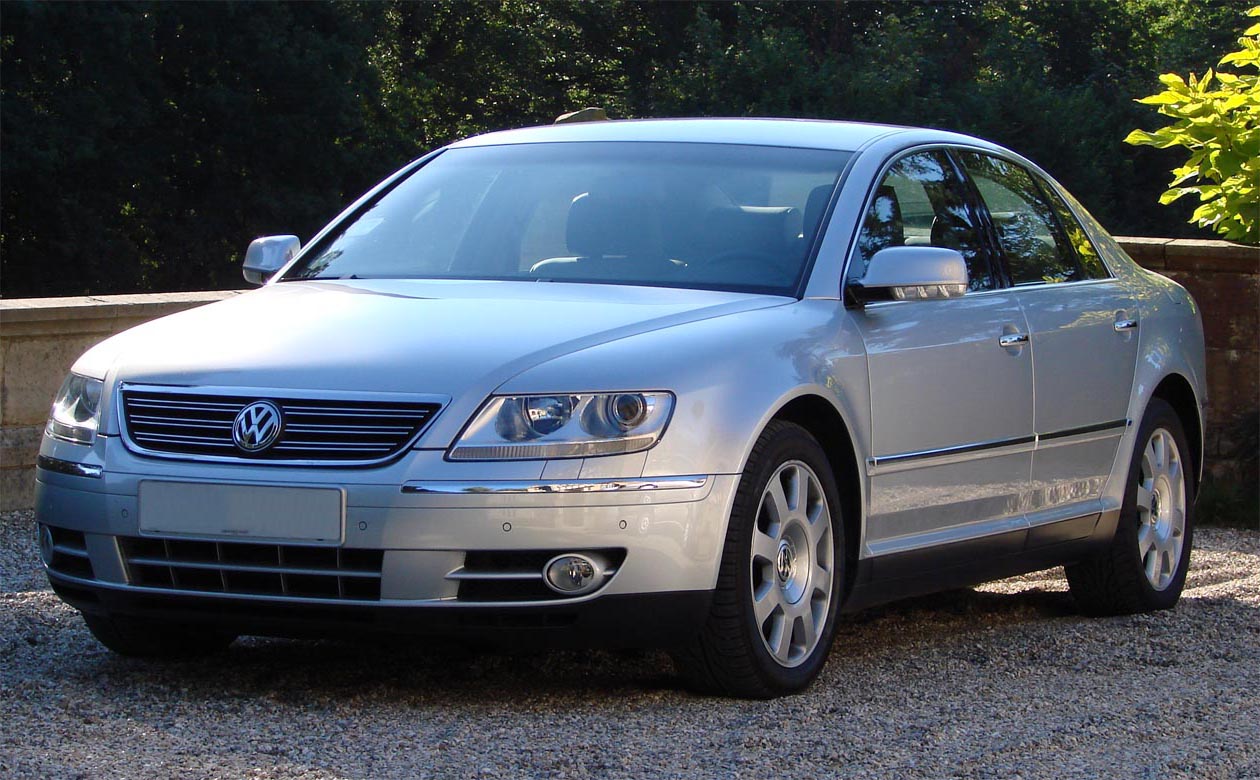
The Volkswagen Phaeton, introduced with high hopes in the early 2000s, quickly garnered a reputation as a bad car model for several reasons. First and foremost, it was Volkswagen's attempt to enter the luxury car market, but its pricing strategy was out of touch with consumer expectations. The Phaeton was priced similarly to established luxury brands like BMW and Mercedes-Benz, which led many potential buyers to question why they would choose a Volkswagen over these well-established names. The price tag was simply too high for a Volkswagen, despite its impressive engineering and features.
Secondly, the Phaeton's complex and expensive-to-maintain technology became a significant drawback. It was packed with advanced and innovative features, including air suspension, a W12 engine, and a multitude of electronic gadgets. While these features were impressive on paper, they often led to frequent and costly maintenance and repair issues. Volkswagen's reputation for reliability and affordability clashed with the Phaeton's expensive and troublesome technology, which made it an unattractive choice for many buyers.
Lastly, the marketing and branding of the Phaeton were confusing. Volkswagen's image was firmly rooted in affordability and practicality, and attempting to break into the luxury segment with a flagship model like the Phaeton created a disconnect. Buyers were unsure how to perceive the Volkswagen brand in this new context, and the lack of a clear identity for the Phaeton hindered its success in the market. Ultimately, the Phaeton struggled to find a niche and was discontinued in many markets, solidifying its reputation as a failed attempt by Volkswagen to compete in the luxury car segment.
9. Chrysler Sebring (2001-2010)
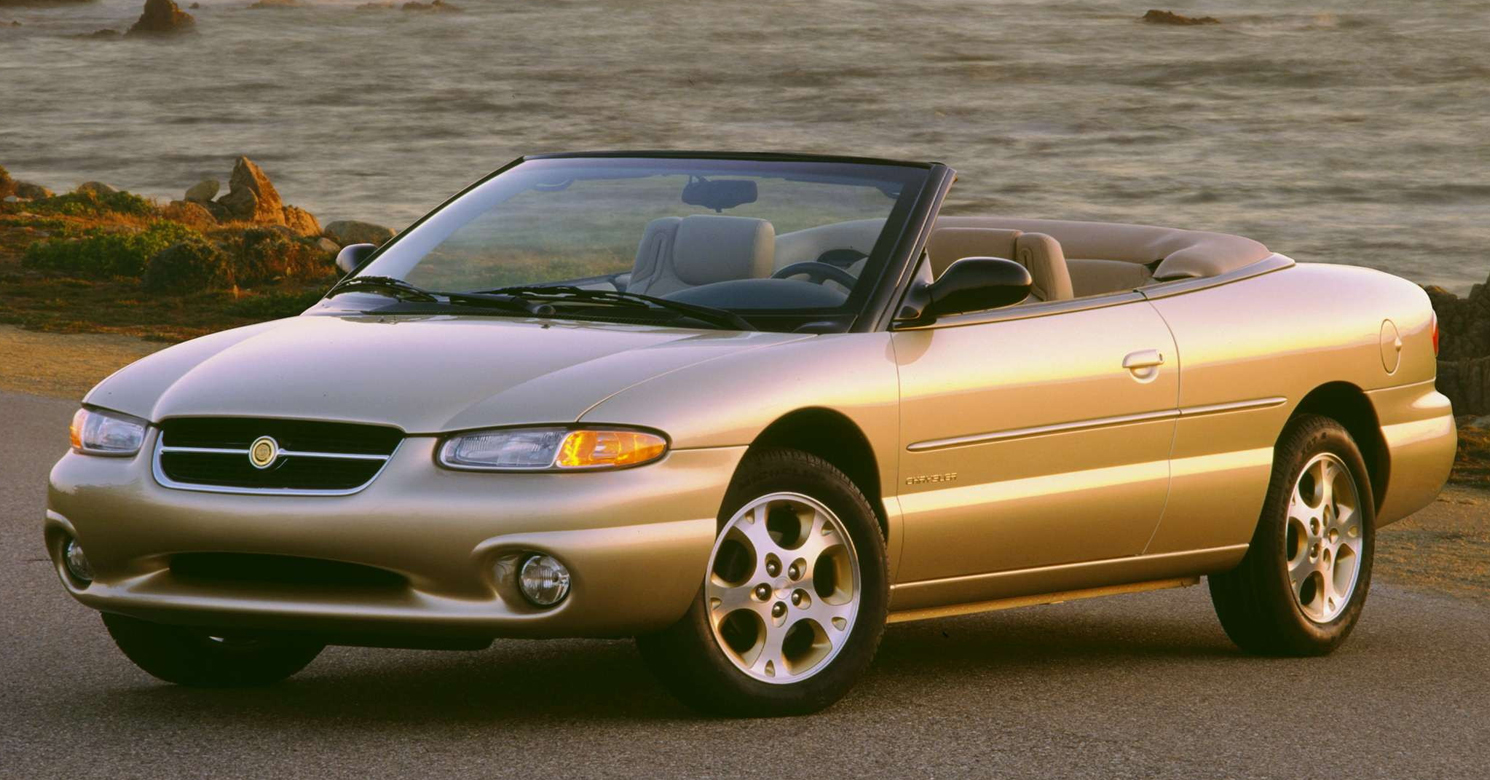
The Chrysler Sebring earned a reputation as a subpar car model for several reasons during its production run. One of the most significant issues was its lackluster build quality and materials. The Sebring's interior was plagued by cheap, plastic materials that gave the cabin a low-quality feel. This not only affected the overall aesthetics but also contributed to a noisy and uncomfortable ride, diminishing the driving experience.
Another major drawback of the Sebring was its unreliable and underpowered engines. Many Sebring models were equipped with lackluster four-cylinder engines that struggled to provide sufficient power and fuel efficiency. Additionally, the V6 engines offered were often criticized for their poor performance and subpar fuel economy. These engine-related issues resulted in an uninspiring driving experience that failed to compete with other midsize sedans in its class.
The Sebring was also notorious for its poor handling and suspension tuning. Its soft suspension led to excessive body roll in corners, and the steering lacked precision and feedback. This made the Sebring feel disconnected and unresponsive when compared to its competitors. Overall, the combination of subpar build quality, unreliable engines, and lackluster handling contributed to the Chrysler Sebring's reputation as a lackluster and undesirable car model during its production years.
8. Chevrolet Citation (1980-1985)
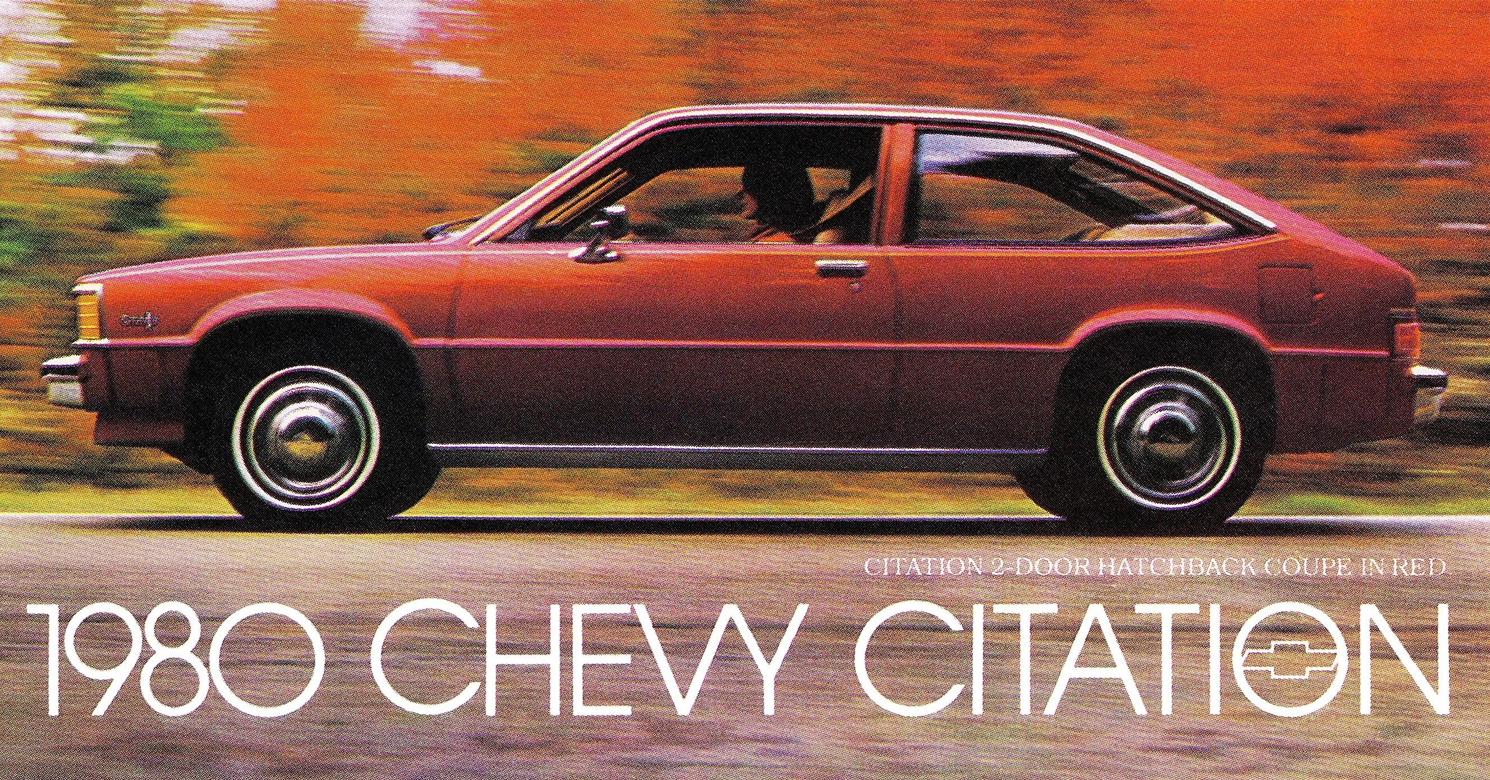
The Chevrolet Citation, introduced in the early 1980s, is often regarded as one of the worst car models ever produced by Chevrolet. One of the most significant issues plaguing the Citation was its poor build quality and reliability. The use of subpar materials and construction techniques led to various problems, including rust issues, electrical malfunctions, and frequent mechanical failures. These reliability concerns quickly eroded the trust of consumers, leading to a tarnished reputation for the model.
Another critical flaw of the Citation was its handling and safety concerns. The car had a tendency to exhibit unstable handling characteristics, especially during sudden maneuvers, which raised safety alarms. It was even featured in a famous "60 Minutes" exposé that highlighted the vehicle's propensity for unpredictable and dangerous rear-wheel lockups during braking. These issues, combined with poor crash-test ratings, damaged the Citation's reputation as a safe and reliable family car.
Additionally, the Citation's design, particularly its underpowered engines and uninspiring styling, failed to captivate consumers in a market increasingly interested in fuel efficiency and modern aesthetics. The Citation's mediocre performance and outdated design features further contributed to its status as a disappointing car model, and it ultimately led to its discontinuation.
7. Yugo GV (1985-1992)
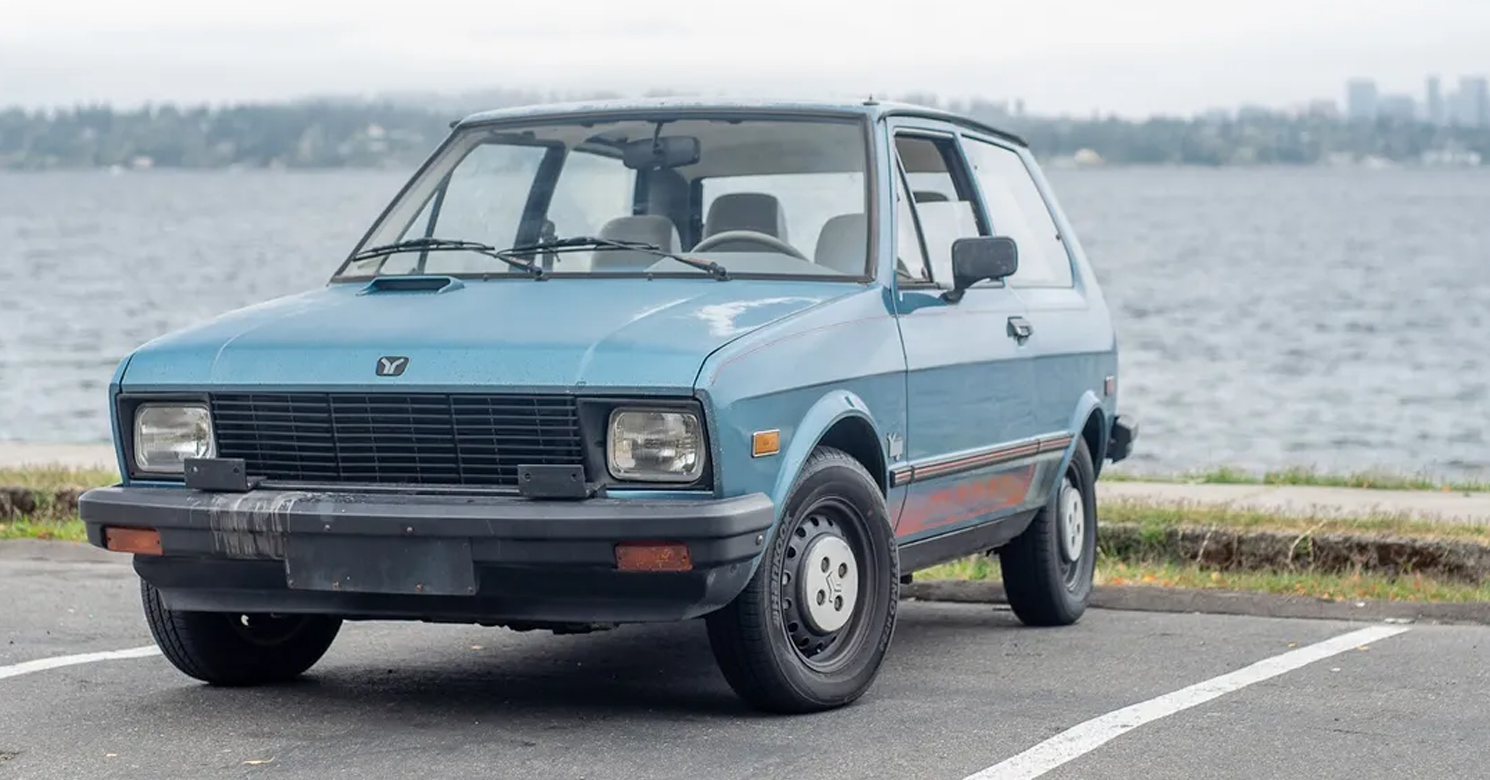
The Yugo GV, produced in the 1980s, has earned its reputation as one of the worst car models in history for several glaring reasons. First and foremost, the Yugo GV suffered from abysmal build quality. It was riddled with issues ranging from poor welding to flimsy materials, making it a poster child for shoddy craftsmanship. The car's cheap construction led to numerous breakdowns, and owners often found themselves on the side of the road with a vehicle that was anything but reliable.
Furthermore, the Yugo GV's dismal performance was a major drawback. It was equipped with a weak and underpowered engine that struggled to provide adequate acceleration and highway speed. This made driving the Yugo an exercise in frustration, as it lacked the basic power needed for everyday use. The lack of power was further compounded by its subpar handling and suspension, which made the driving experience uncomfortable and unenjoyable.
Perhaps the most damning aspect of the Yugo GV was its reputation for safety, or rather, the lack thereof. It performed abysmally in crash tests and earned the dubious distinction of being one of the least safe cars on the road at the time. Overall, the Yugo GV's combination of reliability issues, lackluster performance, and abysmal safety record solidified its status as one of the worst car models ever produced.
6. AMC Gremlin (1970-1978)
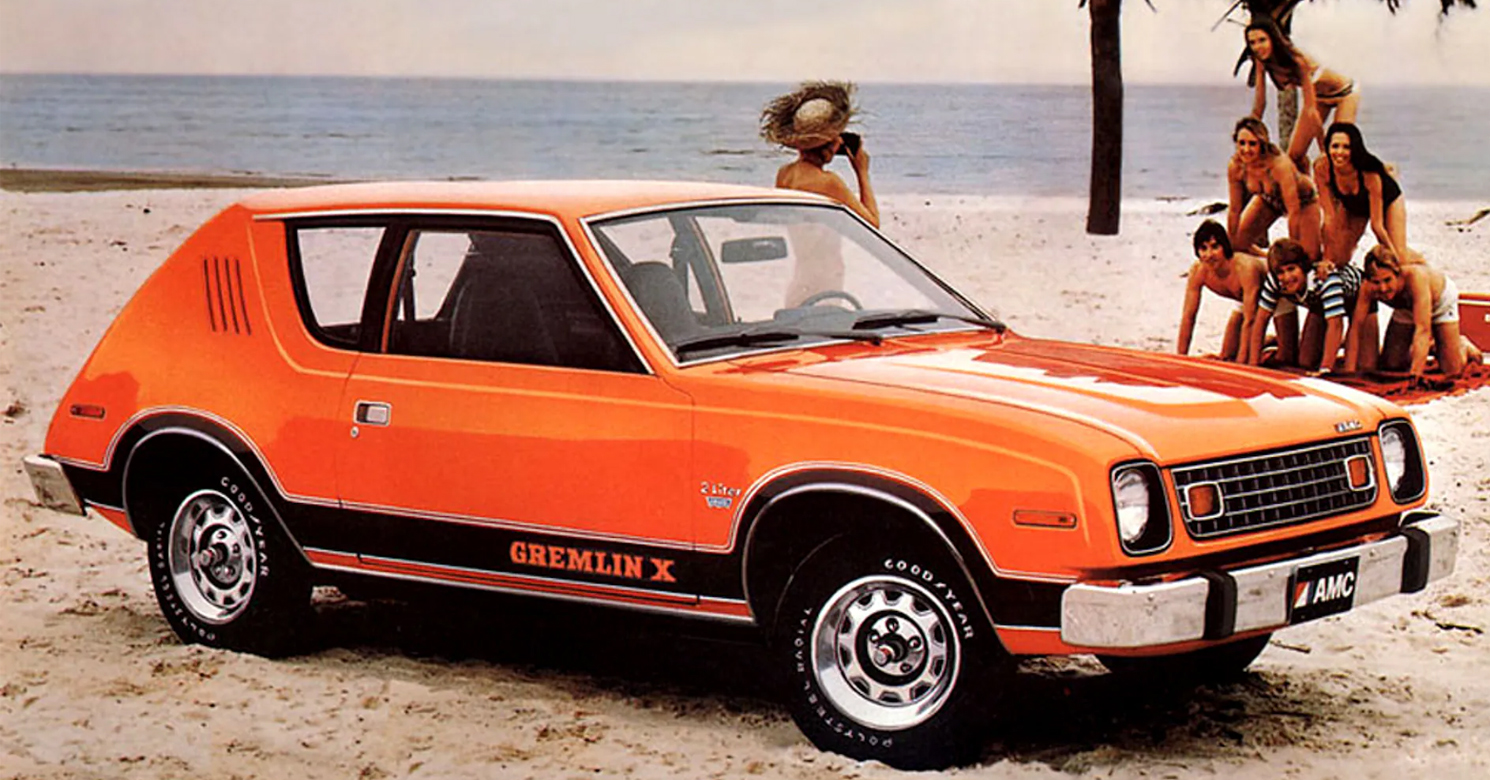
The AMC Gremlin, produced during the 1970s, has gone down in automotive history as a notorious example of a bad car model, and there are several compelling reasons for its notoriety. First and foremost, the Gremlin's design was unconventional, to put it mildly. Its short, boxy appearance and abrupt hatchback-style rear end led to widespread mockery and earned it a reputation for being one of the least aesthetically pleasing cars of its time. The peculiar design choices did not endear it to potential buyers, and it often became the subject of ridicule.
Also, the Gremlin was plagued by numerous quality control issues. Its build quality was questionable at best, with frequent problems ranging from rust to mechanical failures. These issues led to a reputation for unreliability, and owners often found themselves spending more time at the repair shop than on the road. The combination of an unconventional design and poor build quality left a lasting negative impression on consumers.
The Gremlin's performance was also subpar, with underpowered engines that struggled to deliver even modest acceleration. The car's handling and ride comfort left much to be desired, making it a less than enjoyable driving experience. Overall, the AMC Gremlin's unorthodox design, poor build quality, and lackluster performance contributed to its status as one of the least popular and least respected car models of its era.
5. Pontiac Aztek (2001-2005)
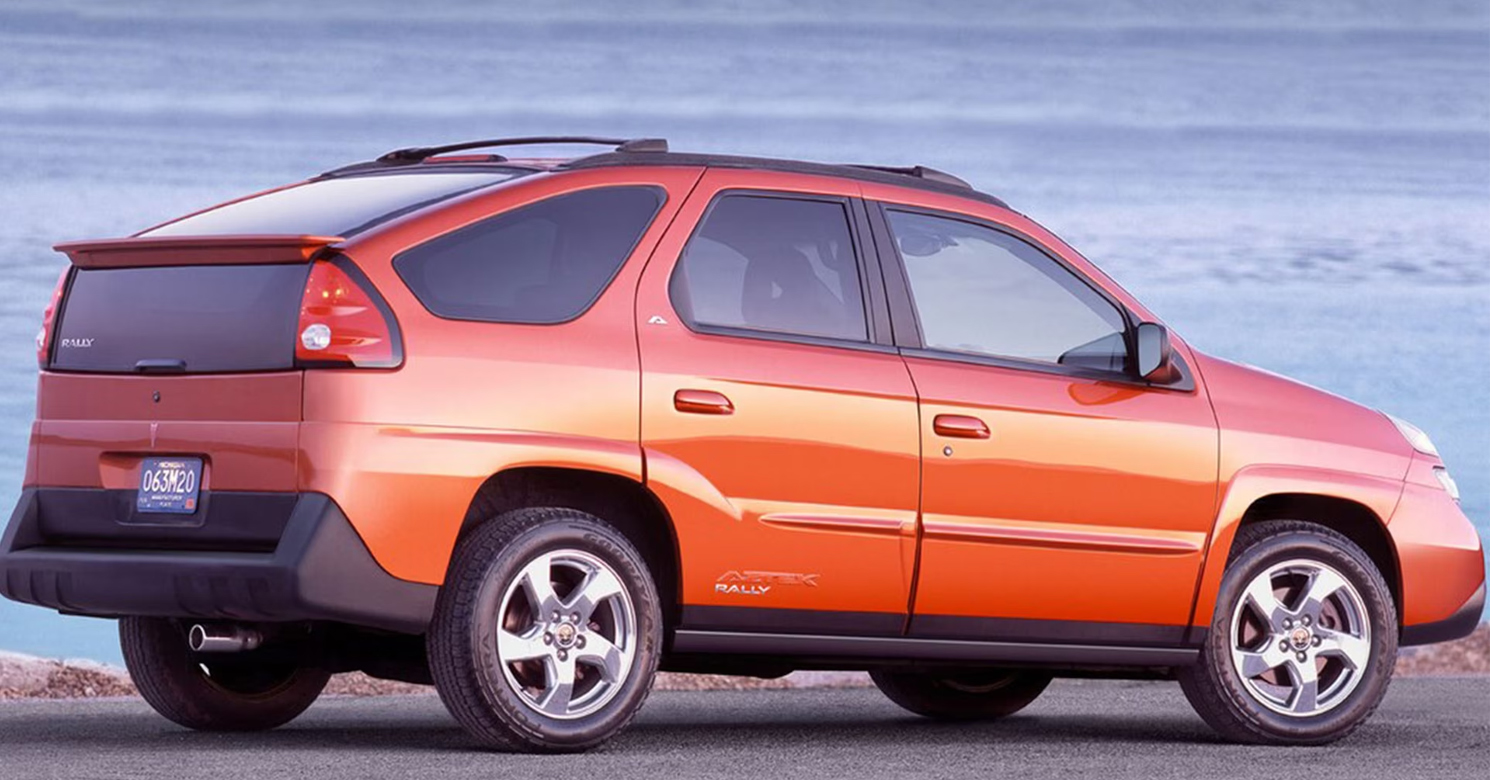
Ah, the Pontiac Aztek, a car that tried to defy convention but ended up defying taste itself! It's like the automotive equivalent of mixing ketchup with ice cream – an intriguing experiment, but nobody wants to take the first bite. The Pontiac Aztek has earned its infamous reputation as one of the worst car models ever produced for several compelling reasons. First and foremost, its design is often cited as a major flaw. The Aztek's unconventional and polarizing appearance, characterized by its clashing curves, angles, and plastic body cladding, was widely criticized and considered one of the most unattractive designs in automotive history. The design choices left potential buyers puzzled and repelled, making it challenging for the Aztek to attract a substantial customer base.
Another critical drawback of the Aztek was its underwhelming performance. Equipped with underpowered engines, it struggled to deliver the necessary acceleration and power expected from a crossover SUV. The result was a sluggish and unsatisfying driving experience that left many Aztek owners wanting more. Moreover, its handling and ride quality fell short of industry standards, failing to provide the comfort and performance associated with vehicles in its class.
But hey, let's give credit where it's due – the Aztek did have some innovative features, like that optional tent in the back. Because nothing says "I love the great outdoors" like struggling for hours to set up a tent that's attached to your car like an identity crisis on wheels.
4. Dodge Caliber (2007-2012)
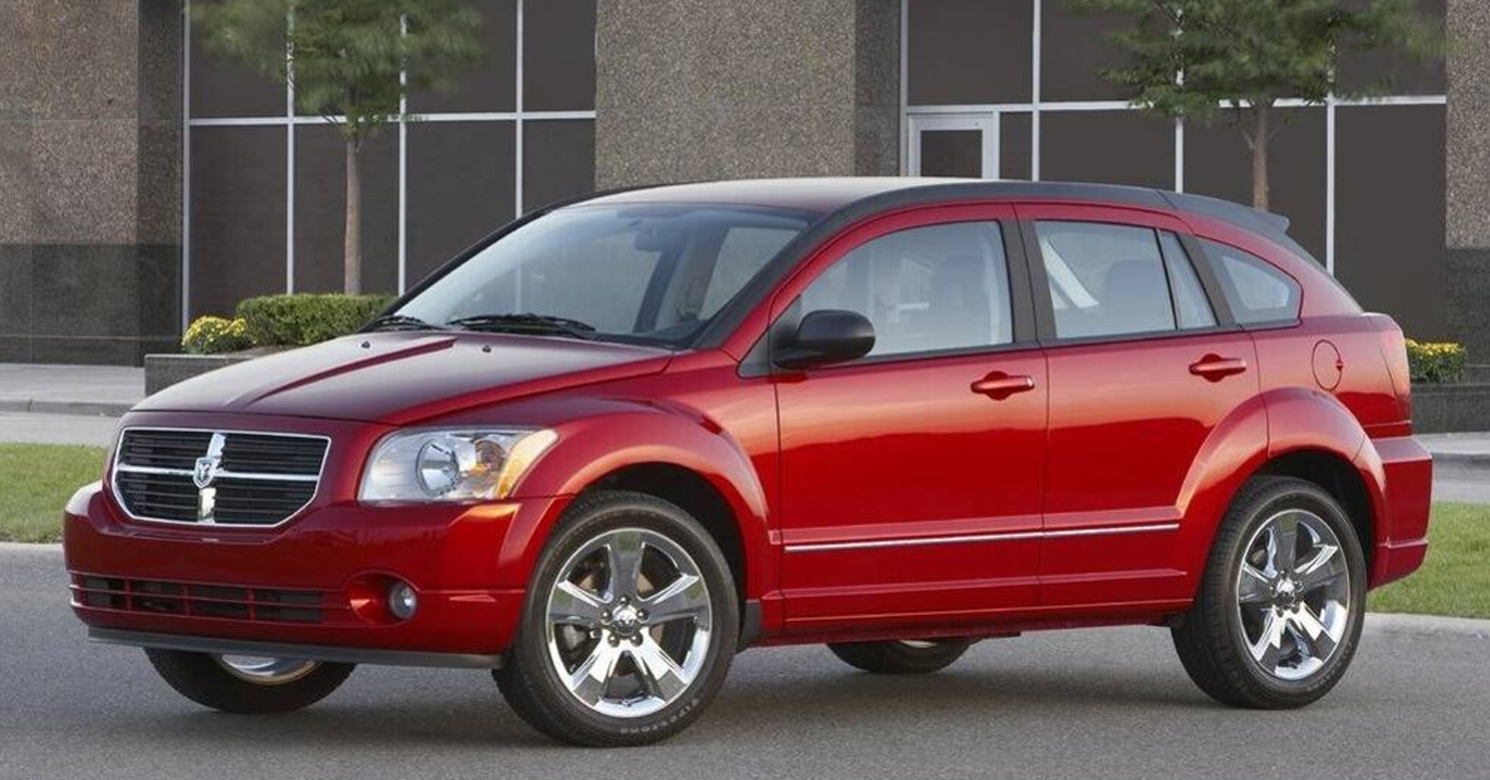
The Dodge Caliber, unfortunately, earned its reputation as a lackluster and forgettable car model for several glaring reasons. First and foremost, it looked like it was trying to decide between being a hatchback and an SUV but ended up looking like the automotive equivalent of a confused chameleon trying to blend into two different environments simultaneously. It's like the car equivalent of a mullet – business in the front, party in the back, and a regrettable decision all around.
Owners quickly discovered that the Caliber was plagued by cheap materials and shoddy craftsmanship, resulting in a subpar interior that felt more like a low-budget rental car than a vehicle from a major automaker. The interior was littered with hard plastics and an uninspiring design that made even short trips feel like a punishment.
Perhaps one of the most significant drawbacks of the Dodge Caliber was its questionable styling. Its design choices, characterized by an awkward blend of hatchback and SUV elements, left it looking like an automotive identity crisis. The result was a car that failed to stand out in a crowded market segment and left potential buyers scratching their heads.
3. Chrysler PT Cruiser (2001-2010)
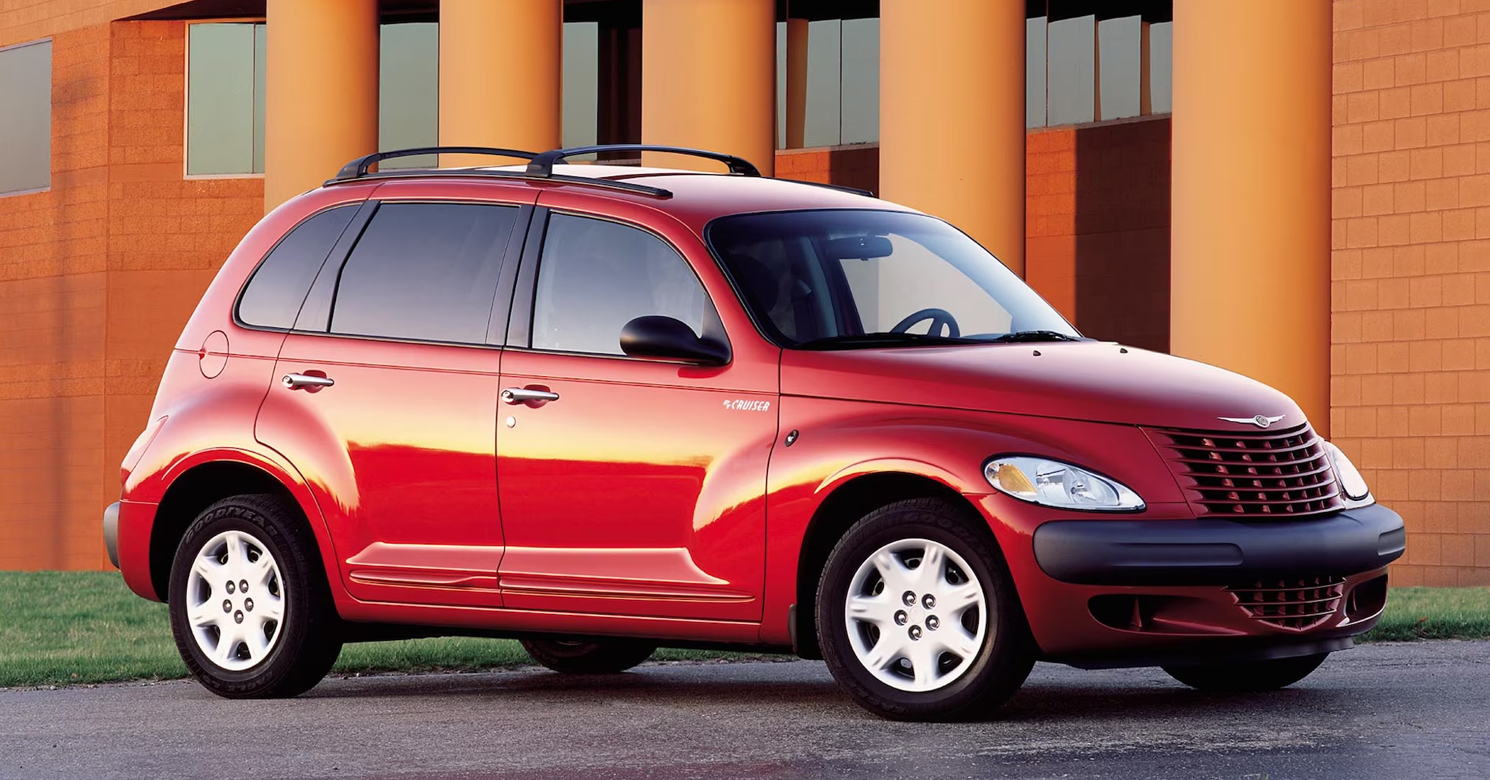
The Chrysler PT Cruiser was designed to make you nostalgic for the good old days while simultaneously making you wish you had a time machine to avoid it altogether.
Let's start with its design, shall we? It looked like a mishmash of different eras, as if someone took a 1930s gangster car, a '90s minivan, and a toaster, threw them into a blender, and hit the "mix" button. The result was a car that managed to look simultaneously retro and just plain wrong. It's like they tried to create a time-traveling vehicle but forgot to include the "cool" factor.
Now, when it comes to performance, the PT Cruiser was about as thrilling as watching paint dry. Its engines were about as powerful as a caffeinated sloth trying to run a marathon. Its engines were notoriously underpowered, and the car struggled to deliver even modest acceleration.
The PT Cruiser's interior was also a masterclass in mediocrity. It featured a mishmash of cheap plastics and a layout that seemed like an afterthought. All in all, the Chrysler PT Cruiser was a car model that left many wondering how it ever made it off the drawing board and onto the streets.
2. Chevrolet Vega (1970-1977)

The Chevrolet Vega is often cited as one of the worst car models in automotive history, and it's not hard to see why. It's as if Chevrolet decided to take the concept of planned obsolescence to a whole new level. The Vega's notorious aluminum engine block was like a rebellious teenager – prone to overheating and warping, leading to breakdowns.
This issue alone tarnished the Vega's reputation for reliability and left a sour taste in the mouths of many owners who had to deal with its persistent engine troubles. Performance-wise, the Vega fell short of expectations. Its engines lacked the necessary power for spirited acceleration and highway driving. The result was a lackluster driving experience that left much to be desired, as the car struggled to keep up with its competitors in terms of performance and handling.
The Chevrolet Vega was a perfect storm of engine troubles, lackluster performance, and rapid rusting, cementing its place in automotive history as a symbol of what not to do when building a car.
1. Ford Pinto (1971-1980)
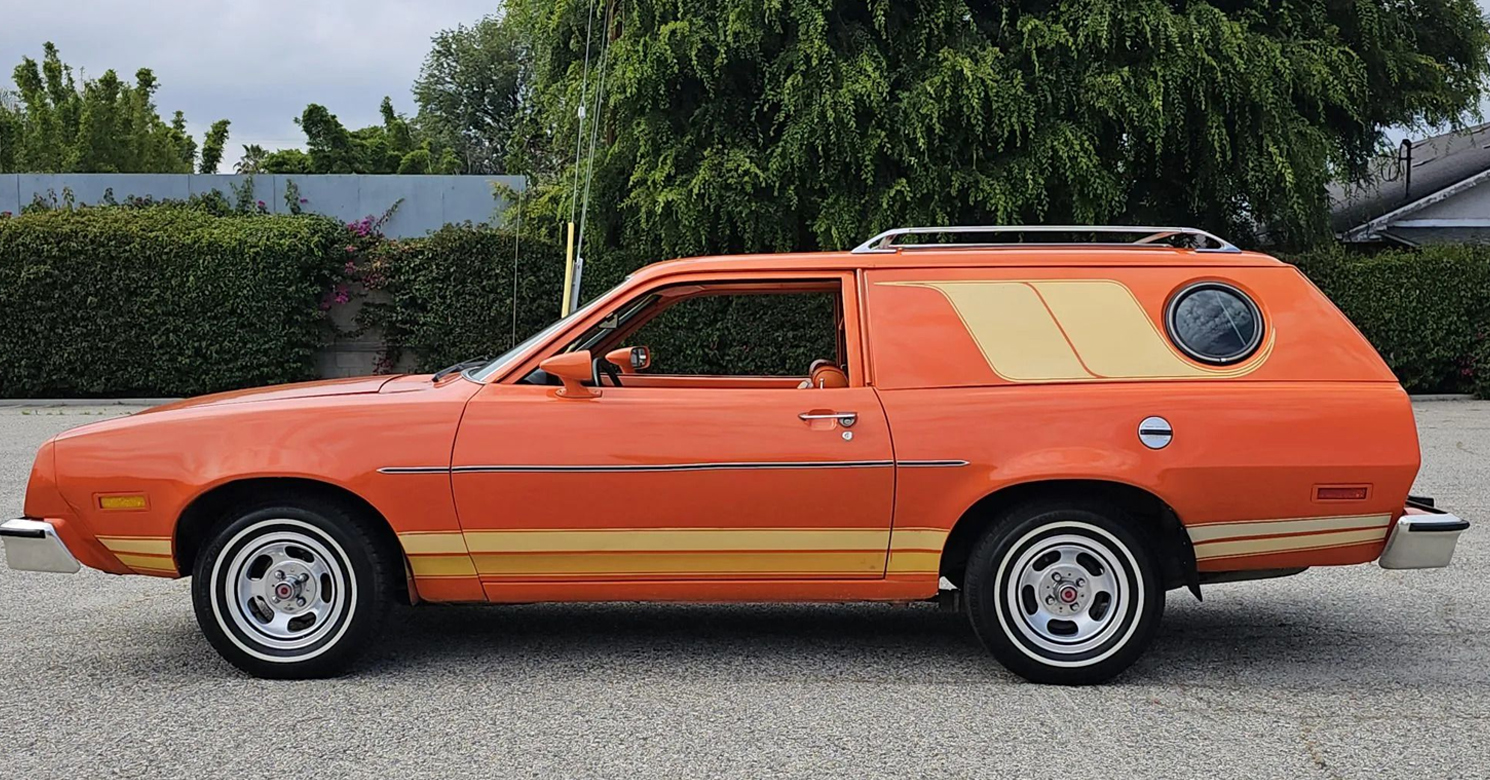
Coming in at number one, the Ford Pinto, who gained infamy for its rather explosive reputation. The Pinto's design featured a rear-mounted gas tank that had a nasty habit of rupturing in rear-end collisions, leading to fiery explosions. This safety hazard became the car's unfortunate trademark, earning it a place in the annals of automotive blunders.
Not to mention, the Pinto's overall build quality left much to be desired. It seemed like every part of the car was touched by a curse, from its flimsy body panels that dented at the slightest provocation to its electrical system that had a knack for playing hide-and-seek with functionality. The "Pinto" practically became synonymous with "disappointment," as owners were plagued by a seemingly endless array of mechanical woes.
While other car manufacturers were making strides in design and engineering during the 1970s, the Pinto felt like a relic of a bygone era, both in terms of aesthetics and performance. It was as though Ford had mistaken a time capsule for a cutting-edge vehicle, leaving buyers yearning for something more in terms of style, speed, and safety.
The Ford Pinto stands as a stark reminder that even in the world of automobiles, not all that glitters is gold, and some cars, like this notorious little number, were best left in the past.